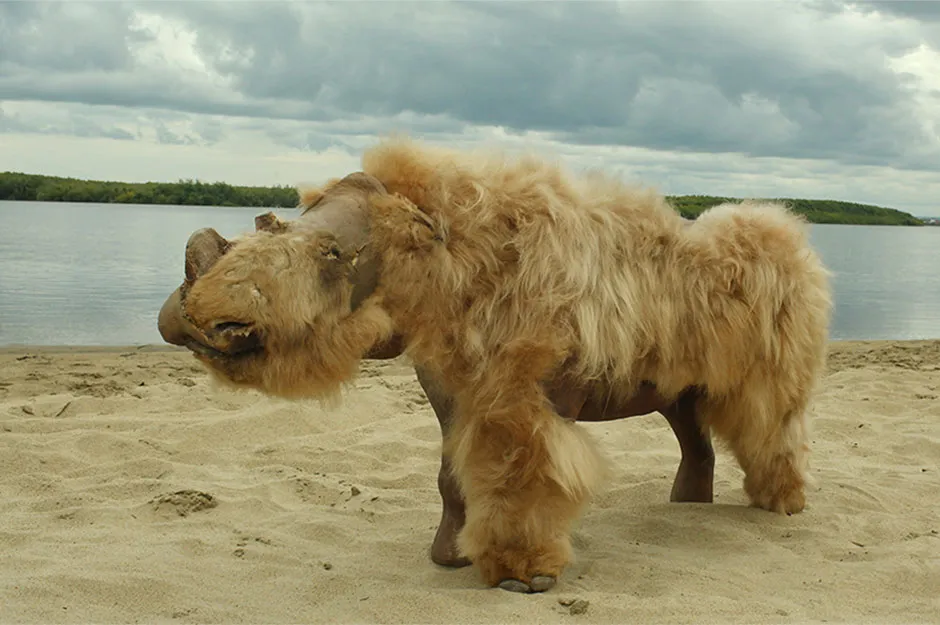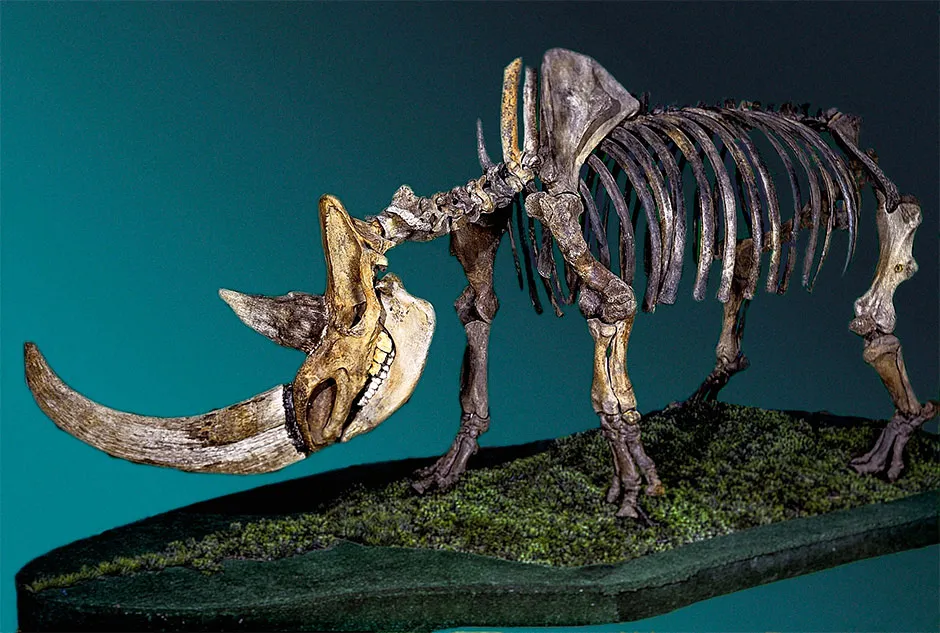The woolly rhinoceros was wiped out by climate change, not hunting, a new study suggests.
Woolly rhinos once thrived throughout Europe and northern Asia, and were especially common in Siberia. They were about the same size as today’s white rhino, and were covered with thick, reddish-brown hair.

They became extinct at around the same time as other prehistoric ‘megafauna’ such as the woolly mammoth and the cave lion, and hunting by humans was previously proposed as one possible explanation. However, this doesn’t match up with recent discoveries.
“It was initially thought that humans appeared in northeastern Siberia 14,000 to 15,000 years ago, around when the woolly rhinoceros went extinct,” said study leader Prof Love Dalén, an evolutionary geneticist at the Centre for Palaeogenetics in Stockholm, Sweden.
Read more about extinction:
- After humanity: A timeline of the Earth after we go extinct
- Could we bring back an extinct species using DNA, Jurassic Park style?
He added: “But recently, there have been several discoveries of much older human occupation sites, the most famous of which is around 30,000 years old. So, the decline towards extinction of the woolly rhinoceros doesn't coincide so much with the first appearance of humans in the regiont.”
To find out more about the woolly rhino population in Siberia, Dalén and team studied the DNA from tissue, bone, and hair samples of 14 individuals.

By analysing the genetic diversity of the woolly rhino genomes, the researchers were able to estimate changes in population size. For example, genetic diversity is reduced by inbreeding, which in turn suggests a smaller population.
The researchers found that the woolly rhino population increased around 29,000 years ago, but then remained stable until the researchers’ data ended at 18,500 years ago, which was long after humans arrived in the region.
So the team concludes that woolly rhino numbers must have declined between around 18,500 and 14,000 years ago, which overlaps with a brief warming period, known as the Bølling–Allerød warming.
“Although we can’t rule out human involvement, we suggest that the woolly rhinoceros’ extinction was more likely related to climate,” said Edana Lord, lead author and PhD student at the Centre for Palaeogenetics.
Reader Q&A: Has an animal ever evolved itself into extinction?
Asked by: Matthew Cox, Wantage
It’s quite hard for a predator to drive itself extinct simply by being such a good hunter that it eats all of the available prey. Normally, evolution is a very slow process and predators are engaged in an ongoing arms race with their prey, who are also evolving new ways to escape.
If the balance starts to shift in favour of the predator, the amount of available food dwindles and the predators aren’t able to raise as many young. This allows the prey population to recover and equilibrium is restored.
But when a predator specialises to hunt a single prey species, it can get trapped in an evolutionary dead end. This happened to the Haast’s eagle in New Zealand, which had evolved to prey exclusively on the flightless moa bird. When humans arrived in the 13th Century, the moa were hunted to extinction within 200 years. The Haast’s eagle couldn’t adapt to find new prey and went extinct too.
This phenomenon, known as ‘coextinction’, is also common with parasites that have adapted to live on a single host animal.
Read more: